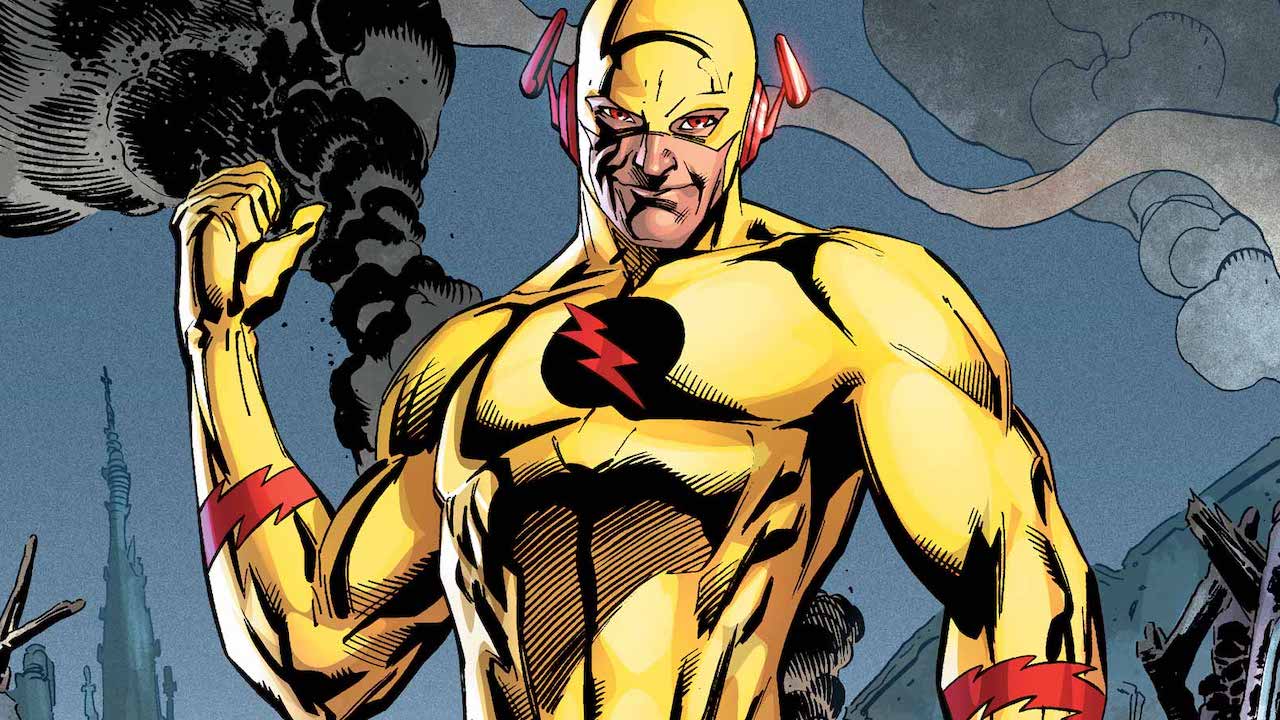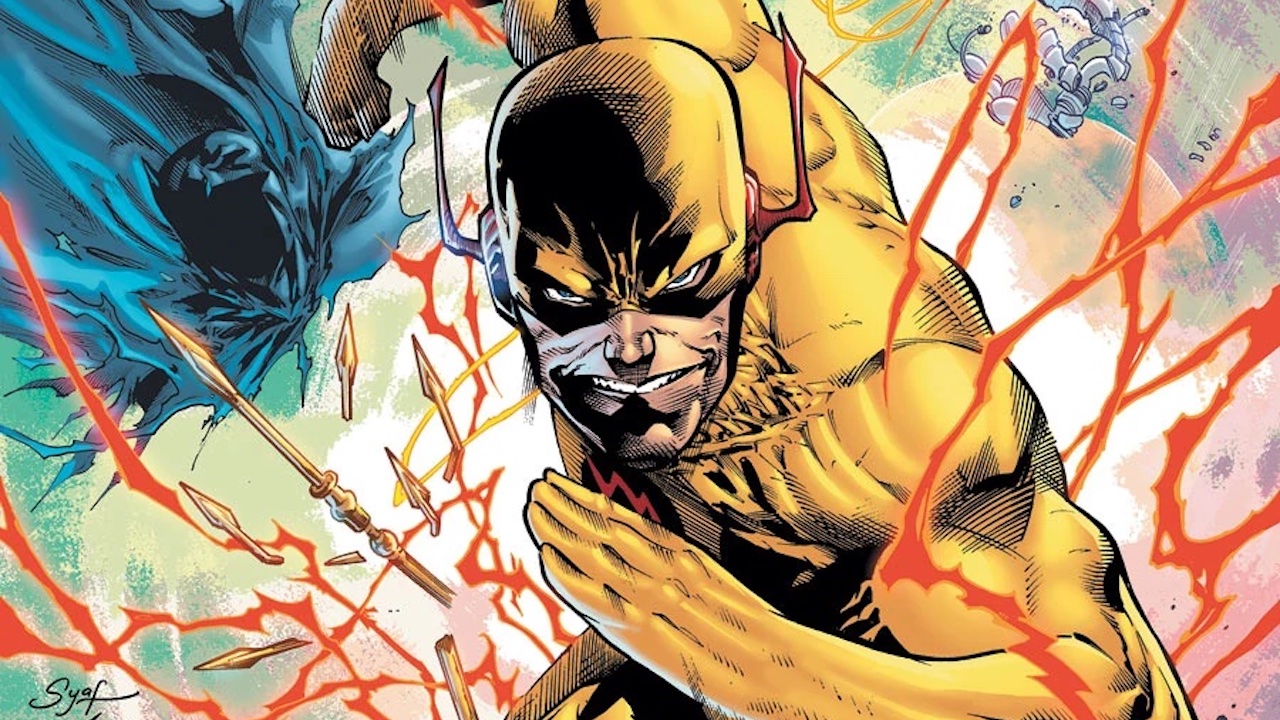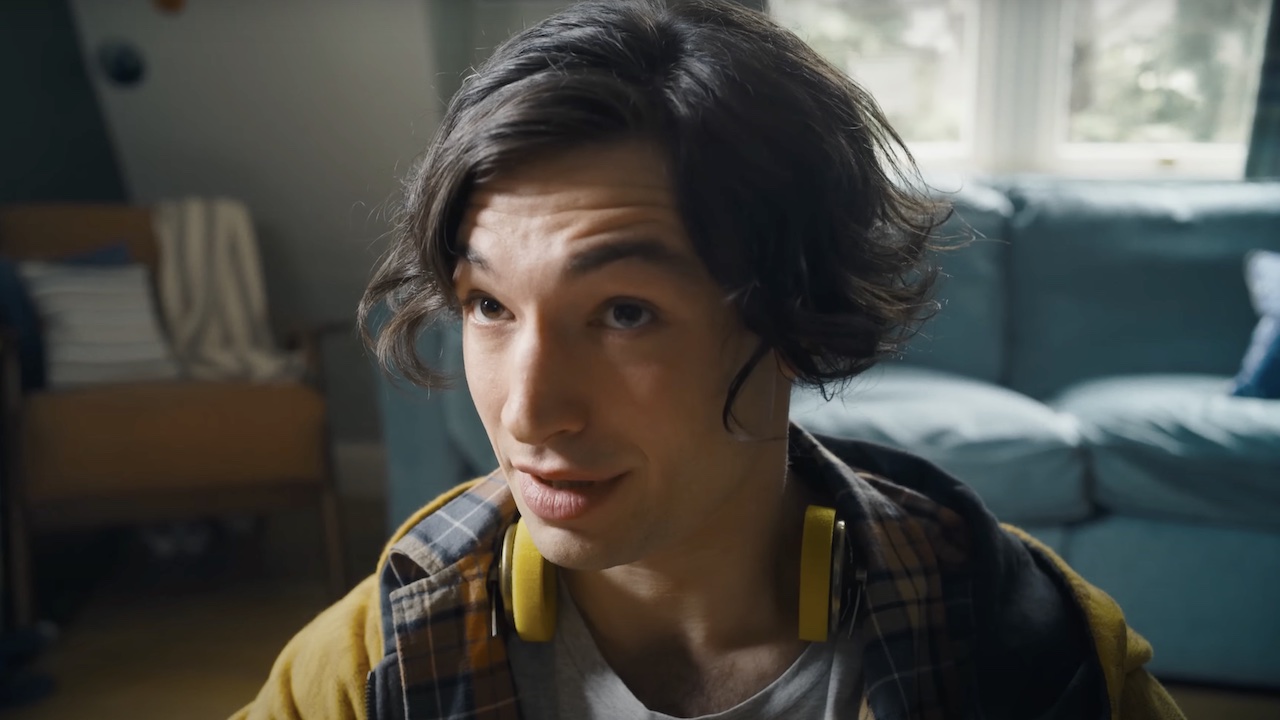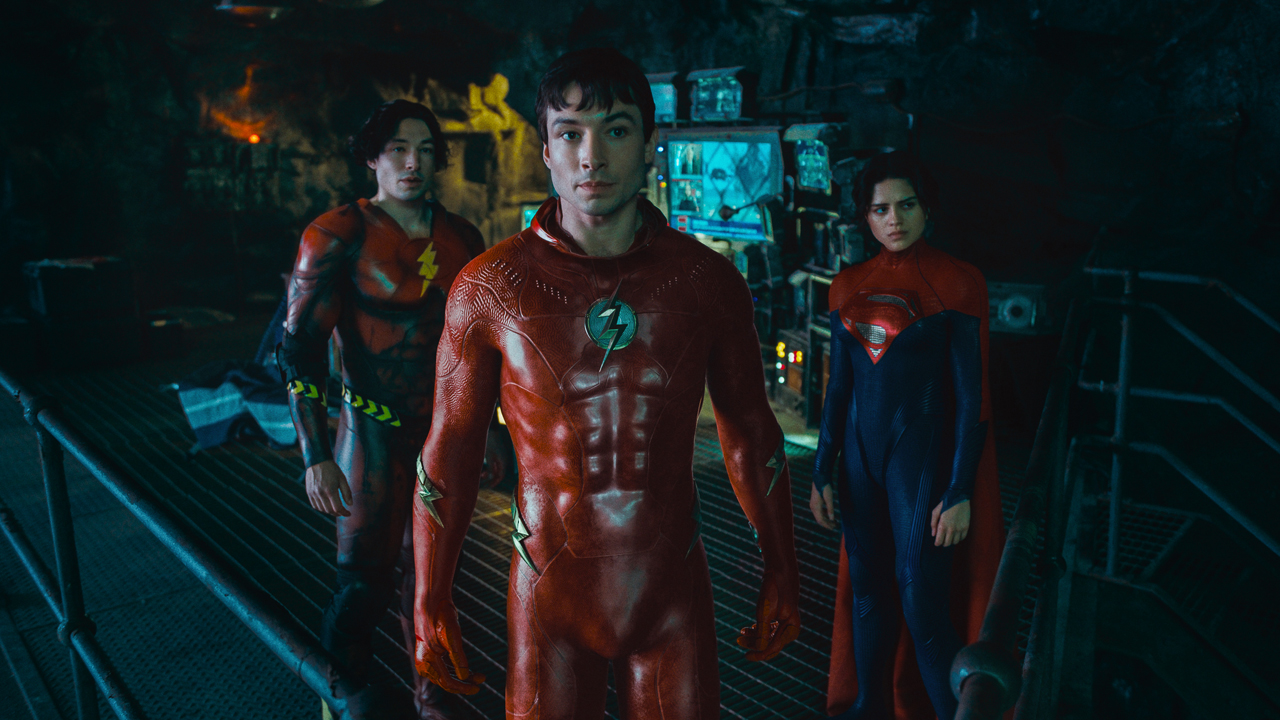
Warning: SPOILERS for The Flash are ahead!
Nearly a decade after it was announced for the DC Extended Universe, The Flash finally raced its way into theaters this past weekend, delivering an adaptation of the 2011 storyline Flashpoint to the masses. This isn’t the first time this DC Comics tale has been adapted; the first was in 2013 with the direct-to-video animated movie Justice League: The Flashpoint Paradox, and the second was in The Flash TV show’s Season 3 premiere. However, the movie’s version of Flashpoint stands out in a big way from the other adaptations in a big way by not including Eobard Thawne, a.k.a. Reverse-Flash.
Going into The Flash movie, I was skeptical that it would be able to deliver an effective Flashpoint take without using Reverse-Flash given not just his prominent role in the original story, but how much he factors into Barry Allen’s life in the comics. And yet, despite my various issues with this movie (including that Grant Gustin, The CW’s Flash, didn’t cameo), I walked away being glad that this adaptation avoided using Reverse-Flash. As I’ll detail in this piece, The Flash was better off leaving this yellow-garbed speedster out of the proceedings.

Flashpoint Only Works With Reverse-Flash If He’s An Established Villain
Although Eobard Thawne has been part of Flash lore since 1963, the miniseries The Flash: Rebirth, published from 2009-2010, gave him an extra layer of importance by revealing he was the one who murdered Barry Allen’s mother, Nora Allen, when Barry was a boy. Then in Flashpoint, although it’s eventually revealed that it was Barry who was responsible for changing the timeline rather than Eobard, the latter nonetheless appears in the final issue to taunt his foe and deliver one hell of a beating until he’s stabbed by the Thomas Wayne version of Batman. So had The Flash movie been aiming to deliver a more faithful adaptation of Flashpoint, naturally including Reverse-Flash would have been near the top of the to-do list.
The thing is, having Eobard Thawne in any kind of Flashpoint adaptation only works if he and Barry Allen having been clashing for a long time, and that’s not the case in The Flash movie. While Ezra Miller’s Barry is certainly no crimefighting newbie, there’s no indication he and Reverse-Flash have ever crossed paths, or that Barry even has his own rogues gallery. Furthermore, the identity of Nora Allen’s murderer is never revealed; sure, it could still be Eobard, but it could also just be some random person who broke into the Allen household.
After years of watching Grant Gustin’s Barry and the Matt Letscher/Tom Cavanagh-played Eobard fight over The Flash TV show’s nine seasons, I would welcome a day where we can see these two foes go at it on the big screen. But in order for Eobard to fit properly into a Flashpoint adaptation, he needs to have a well-established adversarial relationship with Barry, something that was present in Justice League: The Flashpoint Paradox despite him not being identified as Nora’s killer. Shoehorning their first meeting into The Flash movie on top of everything else going on just wouldn’t have have hit hard as it should have, so I’m glad this was sidestepped completely.

The Impact Of Nora Allen’s Death Is More Important Here Than Who Or Why She Was Murdered
As mentioned, we never learn in The Flash who stabbed Nora Allen, let alone their motives for doing so. In this story, that actually works out rather well, because those details aren’t as important as the impact of her death. Along with Barry obviously being traumatized by losing his mother at such a young age, his father, Henry Allen, is blamed for the crime and sent to prison. The need to prove Henry’s innocence is what drove Barry to become a CSI tech, and his super speed has allowed him to carry out further justice and protect the innocent.
While I’m a fan of Eobard Thawne’s added importance to Barry Allen’s personal life, for the kind of story The Flash movie was telling, his presence wasn’t necessary. It’s not the murderer who’s important to the story, but rather how their actions significantly changed two people’s lives, so much so that Barry was willing to travel back in time to create an alternate timeline where Nora was still alive. Perhaps if The Flash 2 happens (and if it does, Ezra Miller would stick around), the identity for Nora’s killer, be it Reverse-Flash or someone else, could be revealed. For now, let’s just be grateful that Barry’s slight alteration to the timeline towards the end of the movie was just the nodule needed to get Henry out of prison, though in consequently led to the DCEU’s Batman now looking like George Clooney rather than Ben Affleck.

2013-Barry Becoming Dark Flash Is More Emotionally Compelling
For most of The Flash, there isn’t really a conventional main antagonist. Yes, General Zod arrives to terraform Earth just like he did in Man of Steel, and the two Barrys, Michael Keaton’s Batman and Sasha Calle’s Supergirl team up to stop him, but that’s not what makes the third act so gripping to watch; it’s that no matter what they do, this world’s battle with Zod and his forces will always lead to the latter two dying. While the main Barry acknowledges that this is a lost cause, the 2013-Barry won’t stop traveling back in time to try and reach a desirable outcome. As he keeps doing this, the multiverse starts collapsing in on itself, and then a mysterious speedster, the same one who knocked the main Barry into the alternate 2013, appears. It’s a future version of 2013-Barry who’s become the twisted Dark Flash and spent decades trying to save his reality from Zod, and he’s now arrived to stop the main Barry from letting Nora die so that things can go back to normal.
The Flash made a wise move by teaming the main Barry with an alternate version of himself who’s younger rather than the same age. Because he’s more impulsive and only just gotten his own super speed, 2013-Barry is more prone to take actions that simply feel right to him rather than plan ahead or at least weight the pros and cons of his actions, making it understandable why he’d eventually become Dark Flash, as he’s obsessed with saving the world on the day of Zod’s invasion. The good news, though, is that the “present day” version of 2013-Barry opts not to follow in his future self’s path and sacrifices his life to save the main Barry and wipe Dark Flash from existence. This makes for a more compelling arc than if Eobard had been forced into an already packed story. As an added bonus, The Flash’s Dark Flash bears some physical resemblance to the Daniel West incarnation of Reverse-Flash. So in a way, this movie gets a Reverse-Flash after all, just not the one we’re used to. He’s even wearing yellow when we meet him!
Be sure to check out CinemaBlend’s other recent coverage of The Flash, including the ending breakdown and our thoughts on why Michael Keaton’s return was so awesome besides him just being Batman. If you’re interested in seeing Eobard Thawne realized in live-action, the entirety of The Flash TV show can now be streamed with a Netflix subscription.








